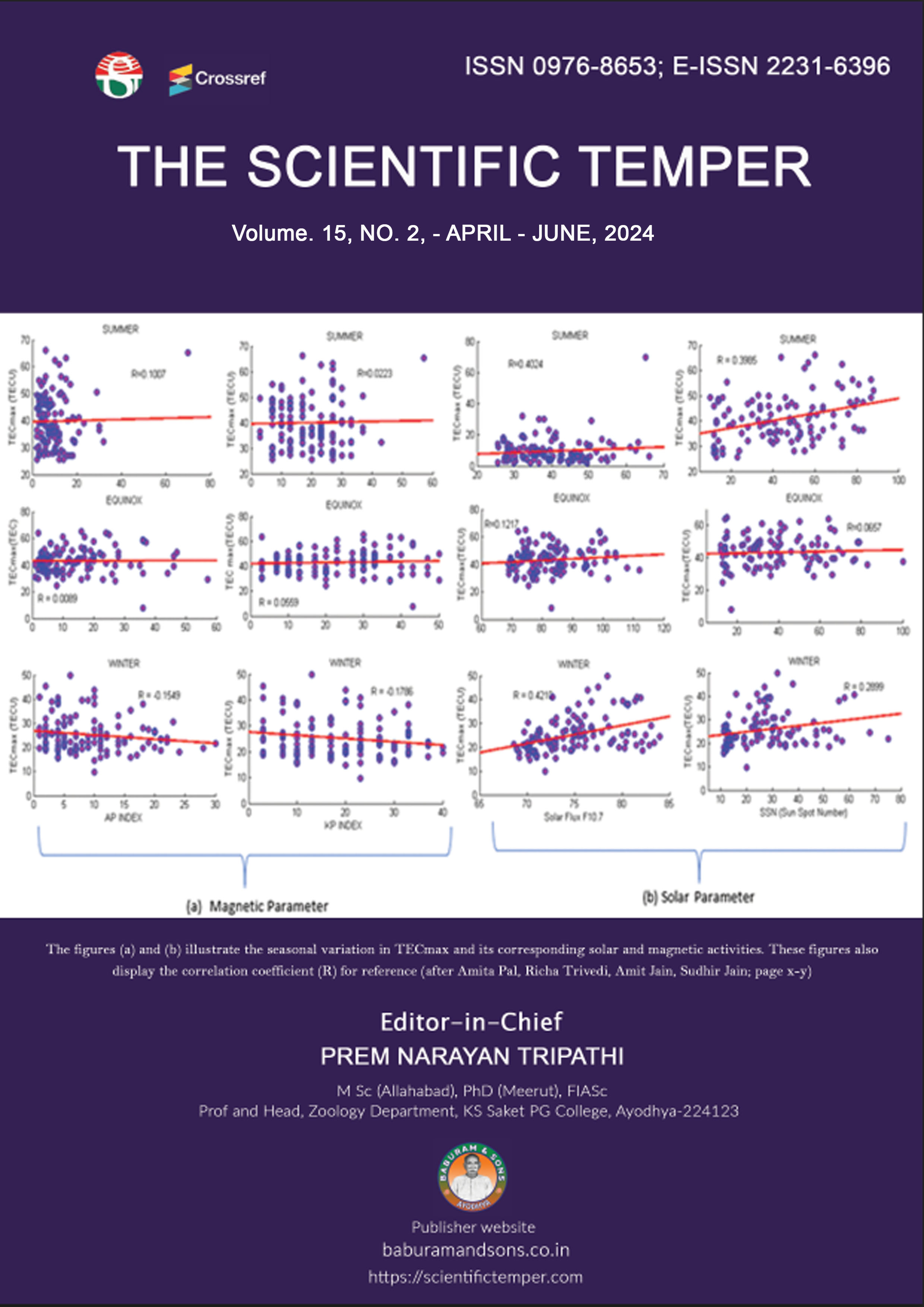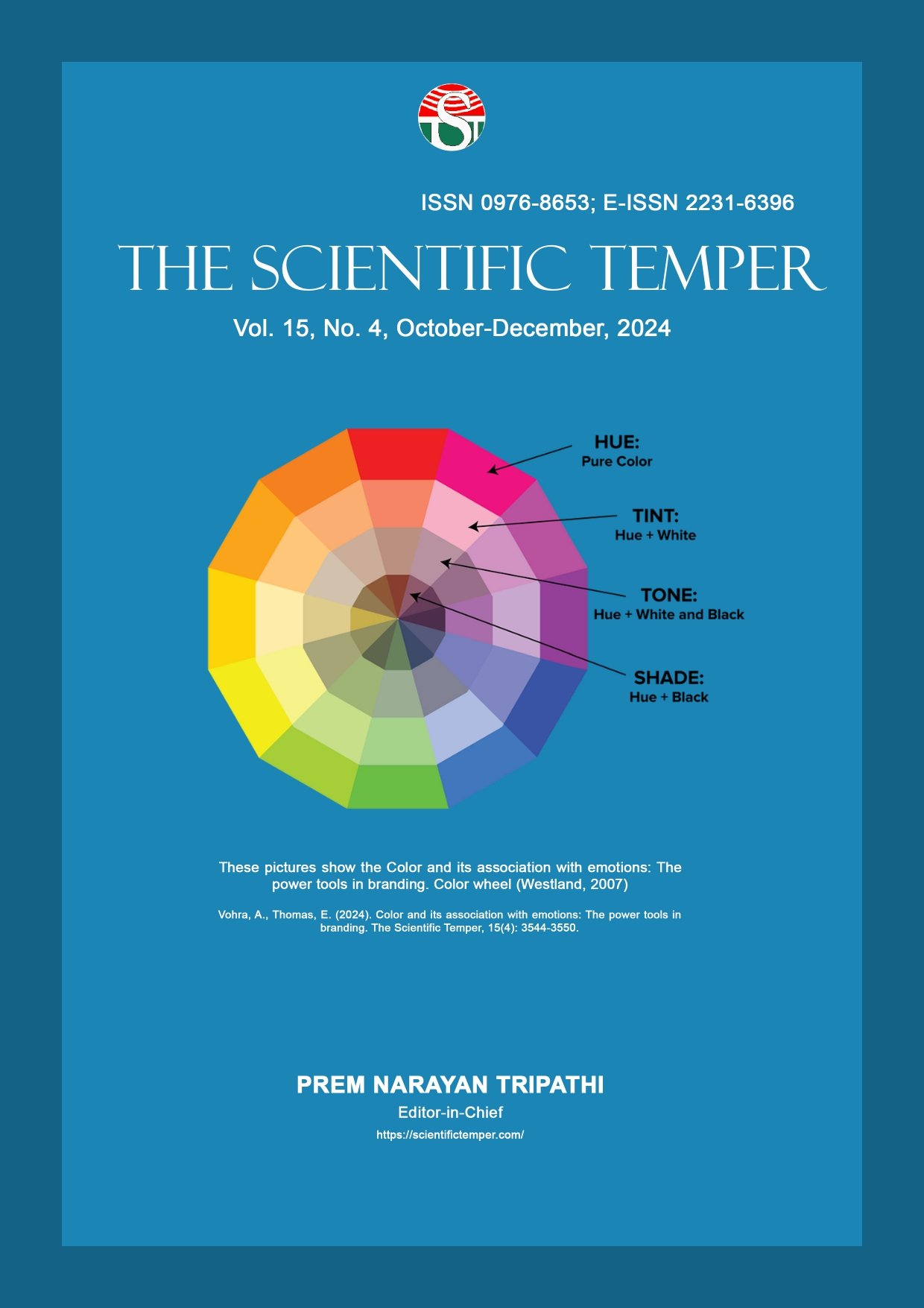A combined framework based on LSTM autoencoder and XGBoost with adaptive threshold classification for credit card fraud detection
Downloads
Published
DOI:
https://doi.org/10.58414/SCIENTIFICTEMPER.2024.15.2.34Keywords:
Credit card fraud detection, LSTM, Autoencoder, XGBoost, Threshold, ClassificationDimensions Badge
Issue
Section
License
Copyright (c) 2024 The Scientific Temper

This work is licensed under a Creative Commons Attribution-NonCommercial-ShareAlike 4.0 International License.
The digital invasion of the banking and financial sectors made life simple and easy. Traditional machine learning models have been studied in credit card fraud detection, but these models are often difficult to find effective for unseen patterns. This study proposes a combined framework of deep learning and machine learning models. The long short term memory autoencoder (LSTMAE) with attention mechanism is developed to extract high-level features and avoid overfitting of the model. The extracted features serve as input to the powerful ensemble model XGBoost to classify legitimate and fraudulent transactions. As the focus of fraud detection is to increase the recall rate, an adaptive threshold technique is proposed to estimate an optimal threshold value to enhance performance. The experiment was done with the IEEE-CIS fraud detection dataset available in Kaggle. The proposed model with optimal threshold has an increase in predicting fraudulent transactions. The research findings are compared with conventional ensemble techniques to find the generalization of the model. The proposed LSTMAE-XGB w/ attention method attained a good precision and recall of 94.2 and 90.5%, respectively, at the optimal threshold of θ = 0.22. The experimental results proved that the proposed approach is better at finding fraudulent transactions than other cutting-edge modelsAbstract
How to Cite
Downloads
Similar Articles
- B. Kalpana, P. Krishnamoorthy, S. Kanageswari, Anitha J. Albert, Machine learning approaches for predicting species interactions in dynamic ecosystems , The Scientific Temper: Vol. 15 No. 03 (2024): The Scientific Temper
- Rajeshwari D, C. Victoria Priscilla, An optimized real-time human detected keyframe extraction algorithm (HDKFE) based on faster R-CNN , The Scientific Temper: Vol. 15 No. 03 (2024): The Scientific Temper
- Saumya Trivedi, Amit Sinha, Satyendra P. Singh, Ramya Singh, A study on factors influencing lending decisions for MSMEs by scheduled commercial banks in the CGTSME scheme , The Scientific Temper: Vol. 15 No. 02 (2024): The Scientific Temper
- Gomathi Ramalingam, Logeswari S, M. D. Kumar, Manjula Prabakaran, Neerav Nishant, Syed A. Ahmed, Machine learning classifiers to predict the quality of semantic web queries , The Scientific Temper: Vol. 15 No. 01 (2024): The Scientific Temper
- Milindkumar N. Dandale, Amar P. Yadav, P. S. K. Reddy, Seema G. Kadu, Madhusudana T, Manthan S. Manavadaria, Deep learning enhanced drug discovery for novel biomaterials in regenerative medicine utilizing graph neural network approach for predicting cellular responses , The Scientific Temper: Vol. 15 No. 01 (2024): The Scientific Temper
- Nitin J. Wange, Sachin V. Chaudhari, Koteswararao Seelam, S. Koteswari, T. Ravichandran, Balamurugan Manivannan, Algorithmic material selection for wearable medical devices a genetic algorithm-based framework with multiscale modeling , The Scientific Temper: Vol. 15 No. 01 (2024): The Scientific Temper
- Jhankar Moolchandani, Kulvinder Singh, English language analysis using pattern recognition and machine learning , The Scientific Temper: Vol. 14 No. 03 (2023): The Scientific Temper
- Sowmiya M, Banu Rekha B, Malar E, Ensemble classifiers with hybrid feature selection approach for diagnosis of coronary artery disease , The Scientific Temper: Vol. 14 No. 03 (2023): The Scientific Temper
- Archana Verma, Role of artificial intelligence in evaluating autism spectrum disorder , The Scientific Temper: Vol. 15 No. 02 (2024): The Scientific Temper
- S. C. Prabha, P. Sivaraaj, S. Kantha Lakshmi, Data analysis and machine learning-based modeling for real-time production , The Scientific Temper: Vol. 14 No. 03 (2023): The Scientific Temper
You may also start an advanced similarity search for this article.



